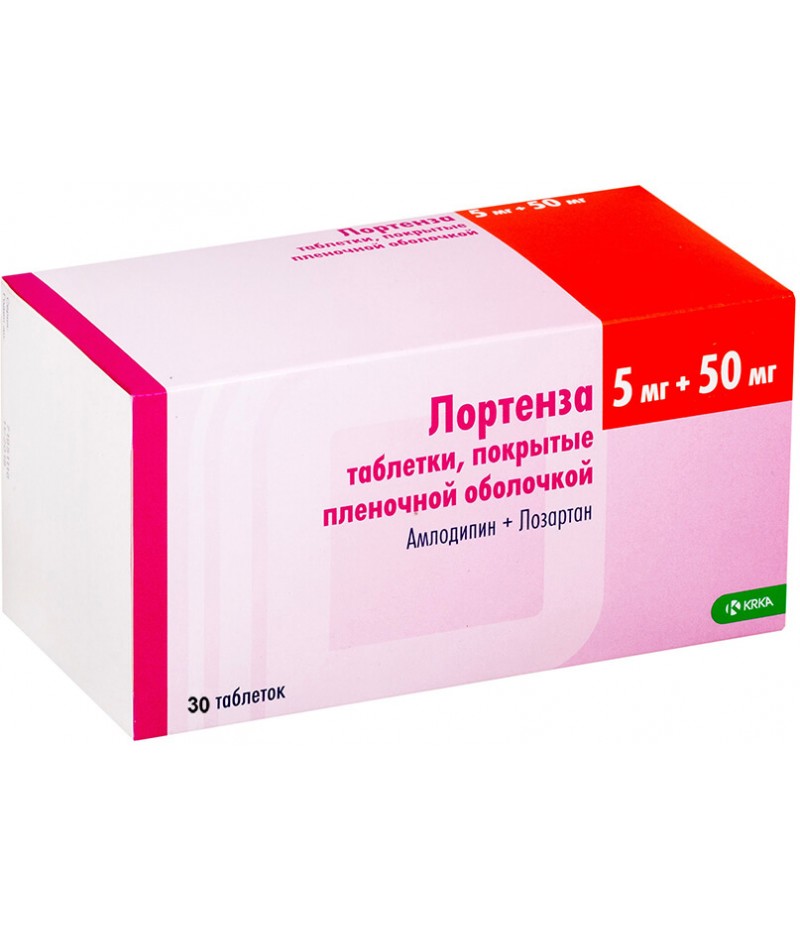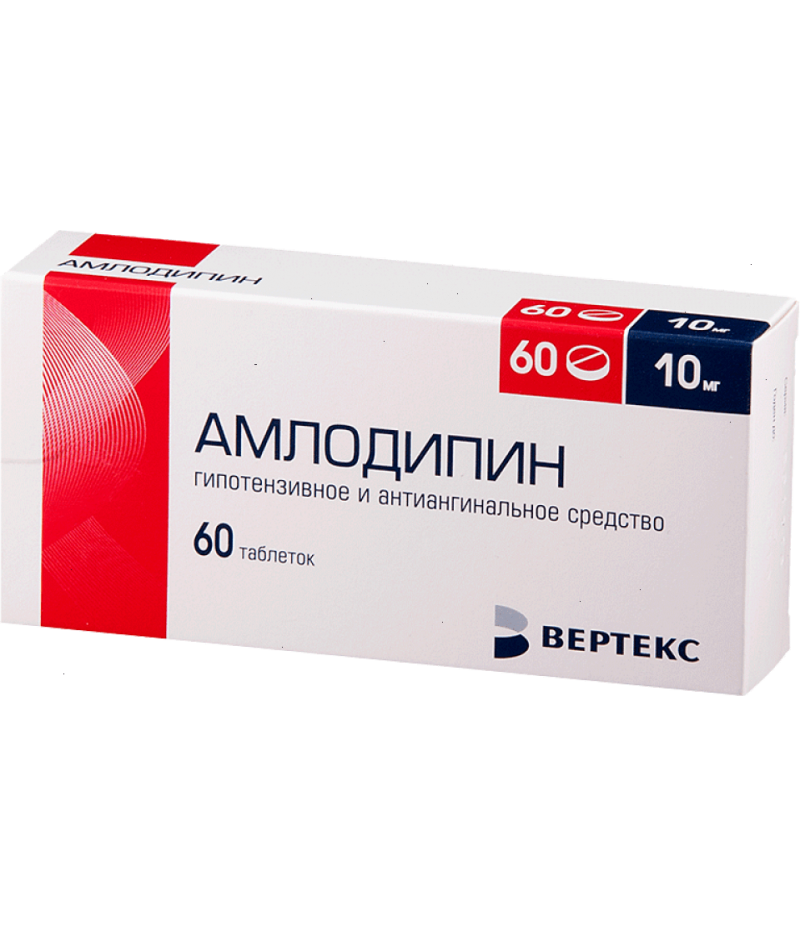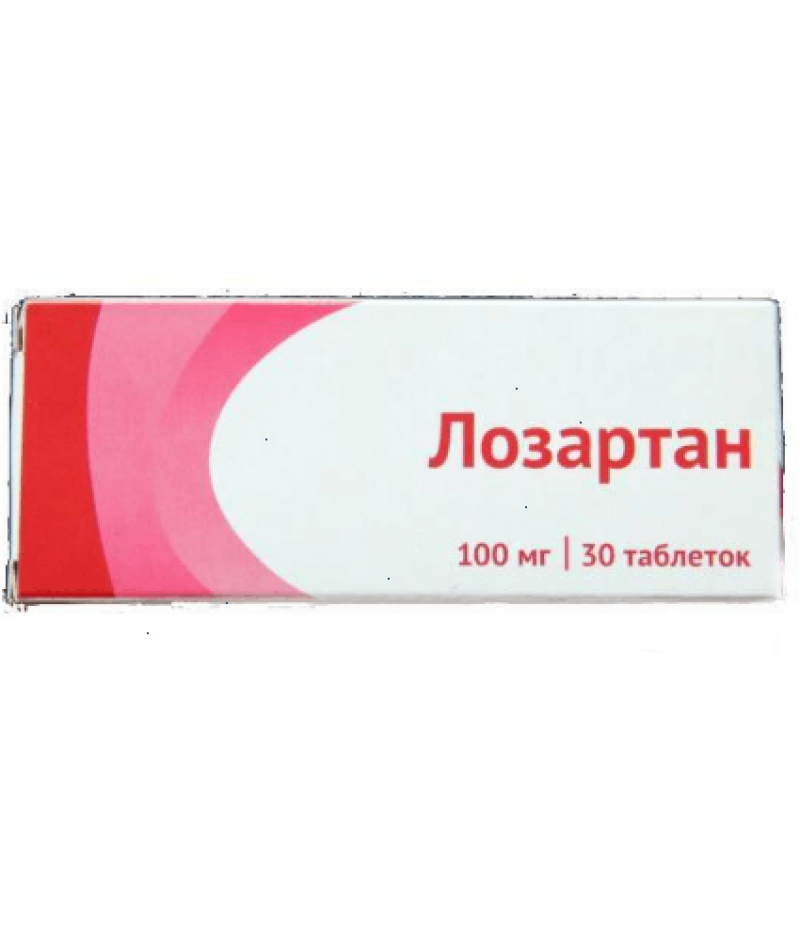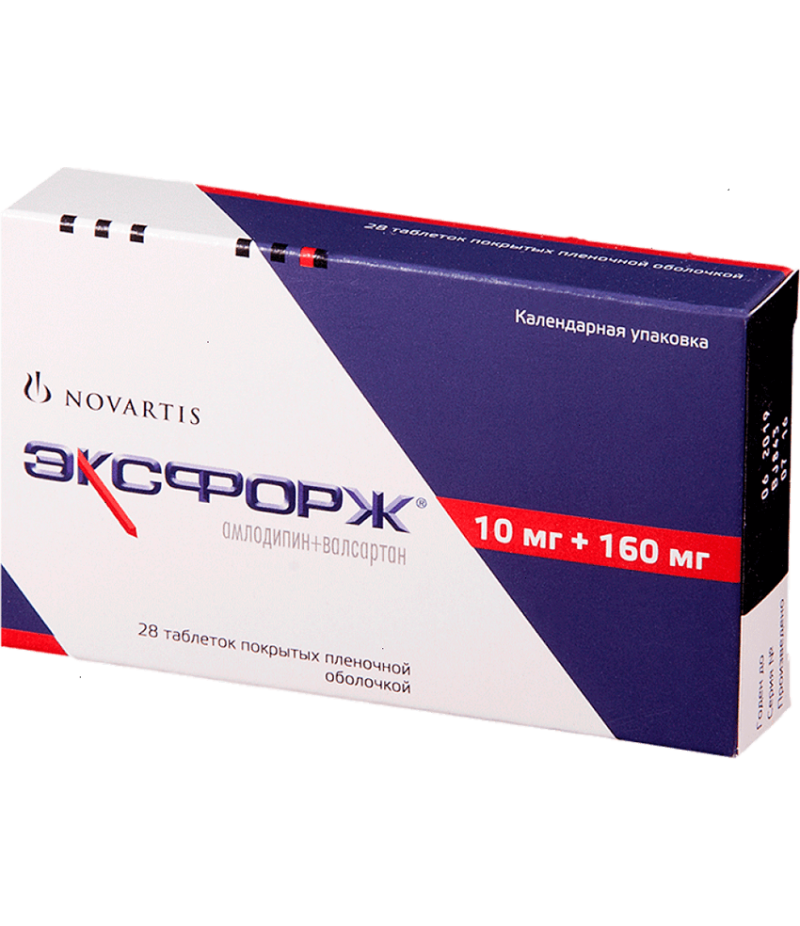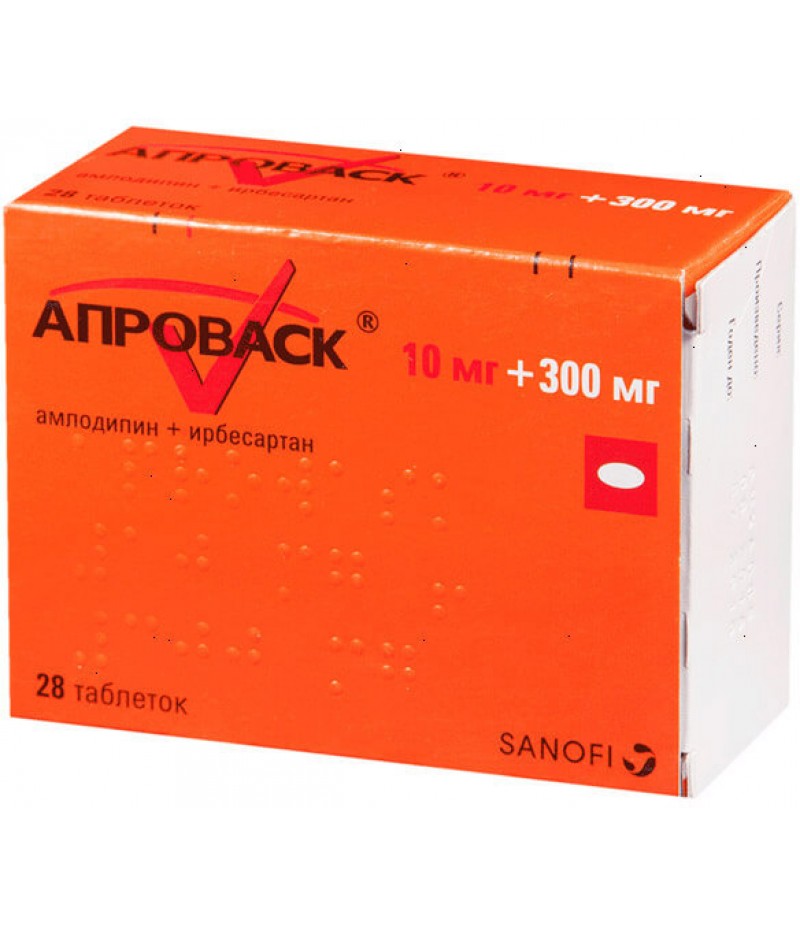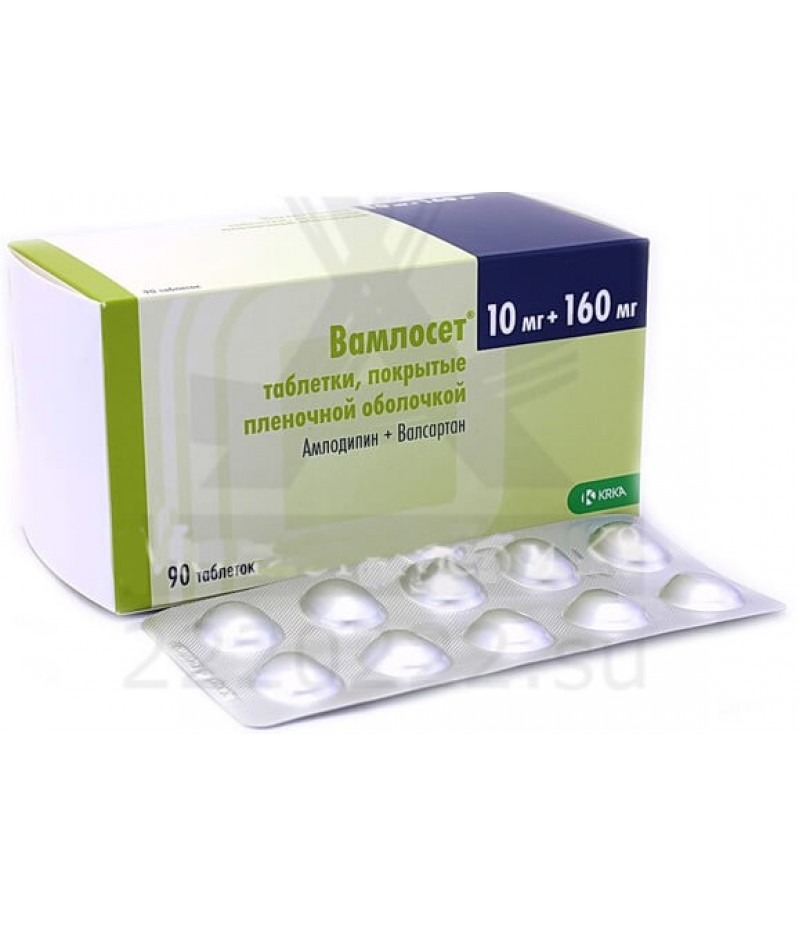Lortenza tabs 5mg + 50mg #30
- $17.15
- 3 or more $16.99
- Availability:In Stock
Lortenza instruction for useYou can buy Lortenza on this pageLortenza, indications for useArterial hypertension in patients for whom combination therapy is indicated.Contraindications hypersensitivity to the acti..
Tags: tabs
Lortenza instruction for use
You can buy Lortenza on this page
Lortenza, indications for use
Arterial hypertension in patients for whom combination therapy is indicated.
Contraindications
hypersensitivity to the active ingredients and / or auxiliary components of the drug;
pregnancy and breastfeeding period (see. “Use during pregnancy and lactation”);
severe liver failure (more than 9 points on the Child-Pugh scale);
hemodynamically marked aortic stenosis;
shock;
age under 18 years (efficacy and safety not established);
severe hypotension.
Dosage and administration
Inside, 1 time / day, regardless of the time of reception write, drinking down with a small amount of water.
The recommended dose of Lortenza is 1 tab. / Day.
Lortenza drug at a dose of 5 mg + 50 mg is prescribed to patients who have not achieved adequate blood pressure control when using amlodipine at a dose of 5 mg or losartan at a dose of 50 mg in monotherapy.
Lortenza drug at a dose of 5 mg + 100 mg is prescribed to patients who have not achieved adequate blood pressure control when using losartan at a dose of 100 mg or Lortenza at a dose of 5 mg + 50 mg.
Lortenza drug at a dose of 10 mg + 50 mg is prescribed to patients who have not achieved adequate blood pressure control when using amlodipine at a dose of 10 mg or Lortenza at a dose of 5 mg + 50 mg.
Lortenza drug at a dose of 10 mg + 100 mg is prescribed to patients who have not achieved adequate blood pressure control when using the drug Lortenza at a dose of 5 mg + 100 mg or 10 mg + 50 mg.
The dose is selected after a previous titration of doses of individual components of the drug. If you need to change the dose of one of the active ingredients in the composition of a fixed combination drug (for example, due to a newly diagnosed disease, a change in the patient’s condition or drug interactions), an individual selection of doses of individual components is necessary. The maximum daily dose is 10 mg + 100 mg.
Patients taking losartan and amlodipine at the same time can be transferred to Lortenza, which contains losartan and amlodipine in the same doses.
In patients with impaired renal function with QC from 50 to 20 ml / min, dose adjustment is not required. Lortenza is contraindicated in patients with CC less than 20 ml / min and in patients on hemodialysis.
Patients with impaired liver function (less than 9 points on the Child-Pugh scale) in history are recommended to use lower doses of losartan. In connection with the lack of a dosage of drug Lortenza containing 25 mg of losartan, this dose should be prescribed in losartan monotherapy. Use of the drug Lortenza is possible in patients with impaired liver function (less than 9 points on the Child-Pugh scale), who are recommended by the doctor to use losartan in a dose of 50 mg.
In patients with reduced BCC (for example, due to treatment with high doses of diuretics, etc.), the initial dose of losartan should be reduced to 25 mg 1 time / day. In connection with the lack of a dosage of drug Lortenza containing 25 mg of losartan, this dose should be prescribed in losartan monotherapy. Before using the drug Lortenza, it is necessary to restore the BCC and the sodium content in the blood plasma.
Elderly patients do not require dose adjustment of Lortenza, however, the dose should be increased carefully.
Lortenza should not be prescribed to children and adolescents under the age of 18, because There are no data on the efficacy and safety of use in this group of patients.
Use during pregnancy and lactation
The drug is contraindicated in pregnancy, and its reception should be immediately discontinued when establishing pregnancy.
Toxic and lethal effects on the body of the fetus and newborn
Amlodipine
Drugs directly affecting the RAAS can cause damage and death to the fetus and newborn when prescribed to pregnant women. Described isolated cases of use of ACE inhibitors during pregnancy.
The use of drugs that directly affect the RAAS in the II and III trimesters of pregnancy is associated with such injuries of the fetus and newborn as arterial hypotension, neonatal hypoplasia of the cranial bones, anuria, reversible and irreversible renal failure, death. Also reported cases of oligohydramnios, presumably developed as a result of reduced kidney function in the fetus. In these cases, oligohydramnios was associated with contractures of the limbs, craniofacial deformities, and hypoplasia of the fetal lungs. In addition, there were cases of premature birth, intrauterine growth retardation and non-closure of the ductus arteriosus, however, no connection with the effect of Lortenza was found in these cases. These side effects, apparently, are not the result of the use of the drug in the first trimester of pregnancy. However, pregnant women who took ARA drugs in the first trimester should be informed about the consequences of taking these drugs in the second and third trimesters.
Depending on the duration of pregnancy, you can apply a stress test for uterine contractions, a stress-free test or an assessment of the biophysical profile of the fetus. At the same time, both the doctor and the patient should be aware that oligohydramnios may appear after the development of irreversible damage to the fetus. Children who have undergone in utero history of exposure to ARA drugs should be under medical supervision because of the increased likelihood of arterial hypotension, oliguria, and hyperkalemia. In the case of oliguria, correction of blood pressure and renal perfusion is necessary first. Exchange hemotransfusion or hemodialysis is necessary for the correction of arterial hypotension and / or as a replacement for renal function.
Losartan
The use of drugs acting on the RAAS in the second and third trimesters of pregnancy can cause serious damage or even death of the developing fetus, therefore, when establishing pregnancy, losartan should be immediately discontinued. Since the renal perfusion of the fetus, depending on the RAAS, develops from the second trimester of pregnancy; the risk to the fetus increases when taking losartan in the II or III trimesters.
It is not known whether amlodipine and / or losartan is excreted into breast milk, but in preclinical studies in animals, significant concentrations of amlodipine and / or the active metabolite of losartan in breast milk were noted. Not recommended for use during breastfeeding.
Side effects of Lortenza
The nervous system: often - dizziness, headache; infrequently - drowsiness.
Common disorders and disorders at the injection site: infrequently - asthenia, discomfort or pain in the chest, feeling of fullness in the abdomen, peripheral edema.
On the part of the gastrointestinal tract: infrequently - constipation, abdominal discomfort, dyspepsia, vomiting, esophageal reflux.
On the part of the skin and subcutaneous tissues: infrequently - pruritus, urticaria.
On the part of the cardiovascular system: infrequently - feeling of palpitations, flushing of the skin of the face, orthostatic hypotension.
On the part of the respiratory system, organs of the chest and mediastinum: infrequently - shortness of breath.
On the part of the organ of hearing and labyrinth disturbances: infrequently - systemic vertigo.
On the part of the kidneys and urinary tract: infrequently - increased frequency of urination.
PE, noted when taking components (amlodipine and losartan), can also serve as its potential PE, despite the fact that PE data was not observed in clinical studies and in the post-registration period of Lortenza.
Amlodipine
On the part of the central nervous system: often - headache (especially at the beginning of treatment), dizziness, fatigue, drowsiness; infrequently - general malaise, hyperesthesia, paresthesia, peripheral neuropathy, tremor, insomnia, unusual dreams, hyperexcitability, anxiety; very rarely - migraine, apathy, agitation, ataxia, amnesia, asthenia, increased sweating.
On the part of the psyche: infrequently - mood lability, depression.
On the part of the digestive system: often - nausea, abdominal pain; infrequently - vomiting, constipation or diarrhea, flatulence, dyspepsia, anorexia, dryness of the oral mucosa, thirst; rarely - gingival hyperplasia, increased appetite; very rarely - pancreatitis, gastritis, jaundice (due to cholestasis), hyperbilirubinemia, increased activity of hepatic transaminases, hepatitis.
From the side of the cardiovascular system: often - a sensation of heartbeat; infrequently - excessive decrease in blood pressure; very rarely, fainting, shortness of breath, vasculitis, orthostatic hypotension, development or aggravation of chronic heart failure, heart rhythm disturbances (including bradycardia, ventricular tachycardia and atrial fibrillation), myocardial infarction, chest pain, pulmonary edema, lower extremity edema.
On the part of the hematopoietic and lymphatic systems: very rarely - thrombocytopenic purpura, leukopenia, thrombocytopenia.
From the urinary system: infrequently - frequent urination, painful urination, nocturia; very rarely - dysuria, polyuria.
On the part of the genital organs and the mammary gland: infrequently - gynecomastia, impotence.
On the part of the respiratory system: infrequently - shortness of breath, rhinitis; very rarely - cough.
On the part of the musculoskeletal system: infrequently - muscle cramps, myalgia, arthralgia, back pain, arthrosis; rarely - myasthenia.
For the skin: often - flushing to the skin of the face; rarely - exfoliative dermatitis, Stevens-Johnson syndrome; very rarely - alopecia, xerodermia, cold sweat, impaired skin pigmentation.
Allergic reactions: very rarely - pruritus, rash (including erythematous, maculopapular, urticaria), angioedema, erythema multiforme, photosensitivity reactions.
On the part of the senses: infrequently - ringing in the ears, diplopia, disturbance of accommodation, xerophthalmia, conjunctivitis, pain in the eyes; very rarely parosmia.
On the part of the metabolism: very rarely - hyperglycemia.
Other: infrequently - weight loss, weight gain, nosebleeds.
Losartan
From the side of the central nervous system: often - dizziness, asthenia, headache, fatigue, increased weakness, insomnia; infrequently - cerebrovascular accident, sleep disorders, drowsiness, memory disorder, peripheral neuropathy, paresthesia, hyperesthesia, tremor, ataxia, systemic dizziness, memory impairment, migraine, nervousness.
General disorders and disorders at the site of administration: swelling of the face, fever, asthenia, increased weakness.
From the digestive tract: often - nausea, diarrhea, dyspepsia, abdominal pain; infrequently - anorexia, taste disturbance, constipation, toothache, dry mouth, flatulence, gastritis, hepatitis, abnormal liver function, pancreatitis.
On the part of the skin and subcutaneous tissues: infrequently - alopecia, dry skin, skin rash, reddening of the skin, Shenlein-Genoch purpura, photosensitization, itching, increased sweating.
Allergic reactions: infrequently - urticaria, angioedema.
On the part of the cardiovascular system: infrequently - myocardial infarction, stenocardia, cardiac arrhythmias (atrial fibrillation, sinus bradycardia, tachycardia, ventricular tachycardia, ventricular fibrillation), feeling of palpitations, orthostatic hypotension, fainting (syncope), arterial hypotension, heart failure, orthostatic hypotension, fainting (syncope), arterial tensions
From the side of blood and lymphatic system: infrequently - anemia; rarely - thrombocytopenia.
From the respiratory system, organs of the chest and mediastinum: often - shortness of breath, bronchitis, dry cough, discomfort in the throat, nosebleeds, rhinitis, laryngitis, chest pain.
On the part of the organ of hearing and labyrinth disorders: infrequently - ringing in the ears.
On the part of the kidneys and urinary tract: infrequently - a violation of the frequency of urination, nocturia, urinary tract infection; very rarely - renal failure.
Mental Disorders: Infrequently - anxiety, anxiety disorder, confusion, depression, unusual dreams, panic disorder.
On the part of the organ of vision: infrequently - blurred vision, burning / injection in the eye, conjunctivitis, reduced visual acuity.
On the part of the genital organs and the mammary gland: infrequently - decreased libido, impotence.
Metabolism and nutrition: infrequently - gout.
On the part of the musculoskeletal and connective tissues: often - cramps, musculoskeletal pain, swelling of joints, stiffness of joints; infrequently - arthralgia, arthritis, fibromyalgia; rarely - rhabdomyolysis.
Interaction
The hypotensive effect may be enhanced when used simultaneously with other antihypertensive drugs, therefore, the simultaneous appointment of various antihypertensive drugs should be justified.
Amlodipine
It can be safely used for the treatment of arterial hypertension along with thiazide diuretics, α-blockers or ACE inhibitors. Unlike other BPCs, clinically significant interaction of amlodipine (III generation BPC) was not found when used together with NSAIDs, including with indomethacin. It is possible to enhance the hypotensive effect of BPC when used together with thiazide and loop diuretics, ACE inhibitors and nitrates, as well as to enhance their hypotensive action when used together with α1-adrenergic blockers, neuroleptics.
The combined use of amlodipine with CYP3A4 inhibitors requires careful control of the symptoms of hypotension and peripheral edema. With the simultaneous appointment of diltiazem at a dose of 180 mg per day and amlodipine at a dose of 5 mg per day for elderly patients, systemic exposure to amlodipine is increased by 60%. When used together, erythromycin increases amlodipine Cmax in young patients by 22% and in elderly by 50%. At the same time, strong inhibitors of CYP3A4 (ketoconazole, itraconazole, ritonavir) can increase the concentration of amlodipine in plasma to an even greater extent.
Despite the fact that an accurate quantitative assessment of the interaction of amlodipine and CYP3A4 inducers (for example, rifampicin, St. John's wort) has not been obtained, against the background of their combined use, constant monitoring of blood pressure is recommended. β-adrenergic blockers with simultaneous appointment with amlodipine can cause an exacerbation of the course of heart failure.
Although in the study of amlodipine, a negative inotropic effect was usually not observed, however, some CCBs may increase the severity of the negative inotropic effect of antiarrhythmic drugs causing a prolongation of the QT interval (for example, amiodarone and quinidine).
A single dose of 100 mg of sildenafil in patients with arterial hypertension does not affect the parameters of amlodipine pharmacokinetics.
Repeated use of amlodipine at a dose of 10 mg and atorvastatin at a dose of 80 mg is not accompanied by significant changes in the pharmacokinetics of atorvastatin.
Ethanol (alcohol-containing beverages): Amlodipine, when taken once and again at a dose of 10 mg, does not affect the pharmacokinetics of ethanol.
Neuroleptics and isoflurane: increased hypotensive effect of dihydropyridine derivatives.
With the on / in the introduction of dantrolen during treatment with amlodipine, collapse, arrhythmias, a decrease in the strength of heart contractions and hyperkalemia are possible.
Calcium preparations can reduce the effect of BPC.
The combined use of amlodipine with lithium preparations may increase the manifestation of neurotoxicity (nausea, vomiting, diarrhea, ataxia, tremor, tinnitus).
Amlodipine does not alter the pharmacokinetics of cyclosporine.
Does not affect the serum concentration of digoxin and its renal clearance.
It has no significant effect on the effect of warfarin (PT).
Cimetidine does not affect the pharmacokinetics of amlodipine.
In in vitro studies, amlodipine does not affect the binding to plasma proteins of digoxin, phenytoin, warfarin, and indomethacin.
Grapefruit juice: simultaneous single dose of 240 mg of grapefruit juice and 10 mg of amlodipine orally is not accompanied by a significant change in the pharmacokinetics of amlodipine.
Aluminum or magnesium-containing antacids: their single dose does not have a significant effect on the pharmacokinetics of amlodipine.
Losartan
As with other agents that block the formation of angiotensin II and its effects, the concomitant prescription of potassium-saving diuretics (for example, spironolactone, triamterene, amiloride), potassium supplements, and potassium-containing salt substitutes may lead to an increase in serum potassium. In some patients with impaired renal function who have been treated with NSAIDs, including selective COX-2 inhibitors, co-administration of ACE inhibitors and / or ARA drugs, including losartan, may cause further deterioration of renal function up to the development of acute renal failure. Usually this effect is reversible. NSAIDs, including selective COX-2 inhibitors, can reduce the effect of angiotensin II receptor blockers, including losartan. Therefore, the hypotensive effect of angiotensin II receptor antagonists may be weakened with simultaneous use of NSAIDs, in particular selective COX-2 inhibitors. Thus, the simultaneous use of Lortenza with NSAIDs should be carried out with caution in patients with impaired renal function.
Double blockade of RAAS: it has been established that in patients with atherosclerosis, heart failure or diabetes with target organ damage, double blockade of RAAS (simultaneous use of ACE inhibitors and ARA drugs) is associated with more frequent complications of therapy in the form of arterial hypotension, syncope, hyperkalemia and renal dysfunction (including acute renal failure) compared with monotherapy with each drug. In this regard, the combined treatment with ACE inhibitors and ARA drugs requires an individualized approach and constant monitoring of the functional activity of the kidneys.
Pharmacokinetically significant drug interactions with drugs such as hydrochlorothiazide, digoxin, warfarin, cimetidine, and phenobarbital were not noted.
Taking rifampin, an inducer of drug metabolism, reduces the concentration of losartan and its active metabolite.
In humans, 2 inhibitors have been studied, CYP3A4 isoenzyme. Ketoconazole does not affect the biotransformation of losartan, introduced into / in, to the active metabolite, and erythromycin does not have a clinically significant effect on the pharmacokinetics of losartan when taken orally.
Fluconazole, an inhibitor of the CYP2C9 isoenzyme, decreases the concentration of the active metabolite and increases the concentration of losartan in the blood plasma, but the pharmacodynamic significance of the combined use of losartan and the inhibitors of the CYP2C9 isoenzyme has not been established. It has been shown that persons whose body does not convert losartan into an active metabolite have a very rare and specific defect of the CYP2C9 isoenzyme. These data indicate that the biotransformation of losartan to the active metabolite is mediated predominantly by the CYP2C9 isoenzyme, and not CYP3A4.
Storage conditions
Shelf life - 3 years
At a temperature not higher than 30 ° C.
Keep out of the reach of children.
Terms of sell
You can buy Lortenza without a prescription.

